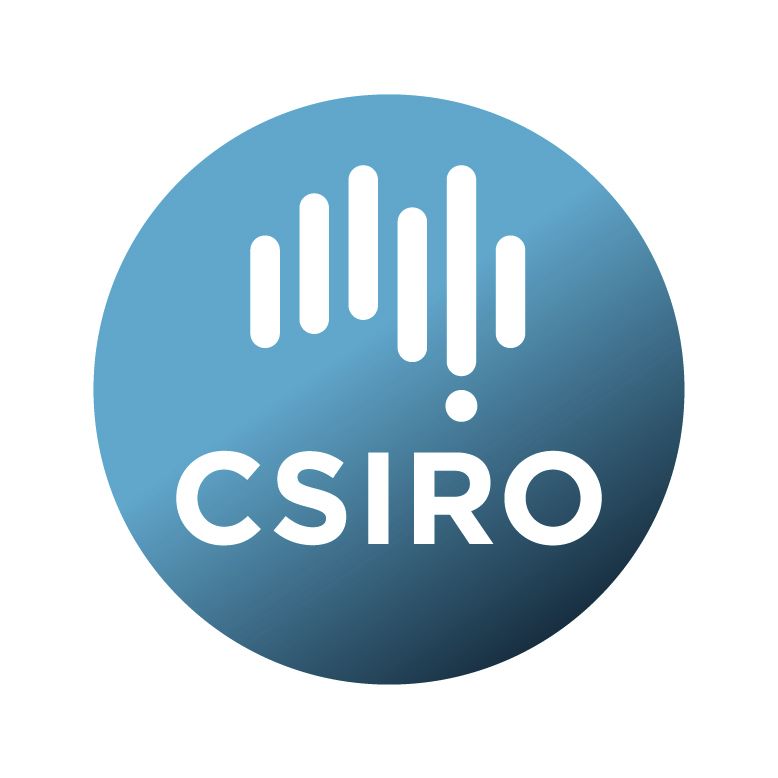Brief description
We propose to study natural uraninites and other co-occurring uranium minerals sampled from uranium mineralisation across the globe to better understand early Earth’s oxidation history. Uranium is a redox sensitive element that can record subtle changes in oxygenation over geological time. The redox record is preserved in the U6+/U4+ ratio innatural uraninite and associated minerals. By measuring the U6+/U4+ ratio in-situ utilizing XANES mapping with the Maia detector on the XFM beamline the proposed experiment will improve our understanding of the redox state of uranium in natural samples, allowing reconstruction of their physio-chemical conditions of formation.
Lineage: Data was produced using the Maia 384 element detector array on the XFM X-ray microprobe beamline of the Australian Synchrotron and processed using the GeoPIXE software package.
Available: 2024-03-23
Data time period: 2015-03-01 to 2015-03-01
Subjects
Caramal |
Earth Sciences |
Earth System Sciences |
GeoPIXE |
Geology |
Instruments and Techniques |
Maia |
Millennium |
Other Earth Sciences |
Physical Sciences |
Pilbara |
Resource Geoscience |
SXRF |
Synchrotrons |
Synchrotrons and Accelerators |
Uranium |
XANES |
XFM |
XRF |
fluorescence |
imaging |
ore |
redox |
synchrotron |
User Contributed Tags
Login to tag this record with meaningful keywords to make it easier to discover
Identifiers
- DOI : 10.25919/SMDT-5651

- Handle : 102.100.100/609148

- URL : data.csiro.au/collection/csiro:62013



